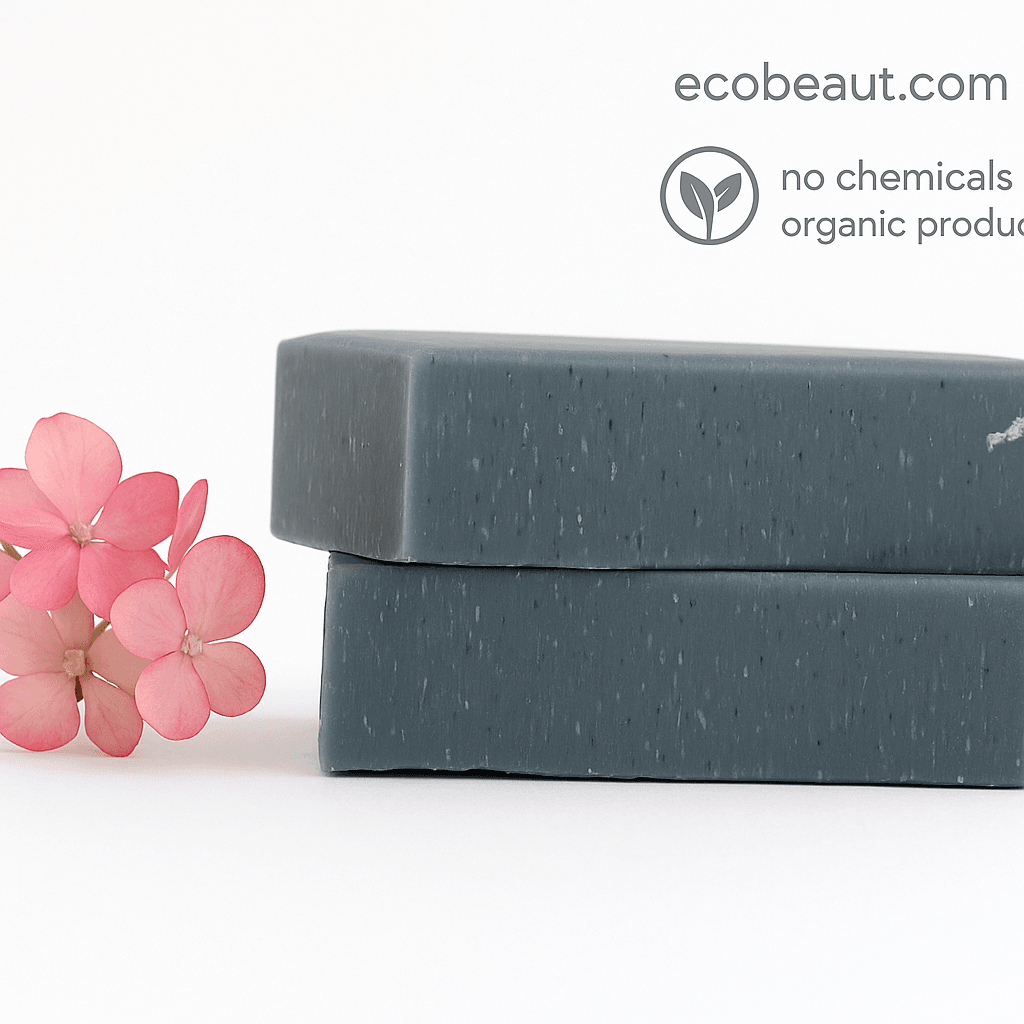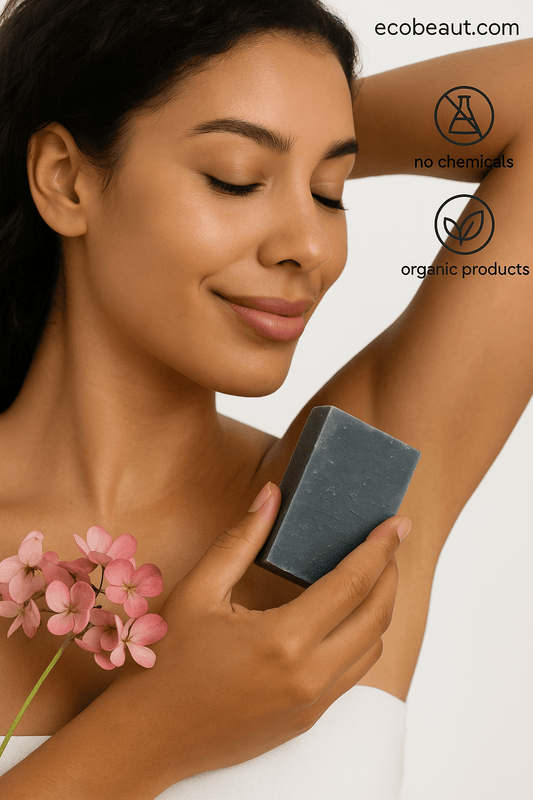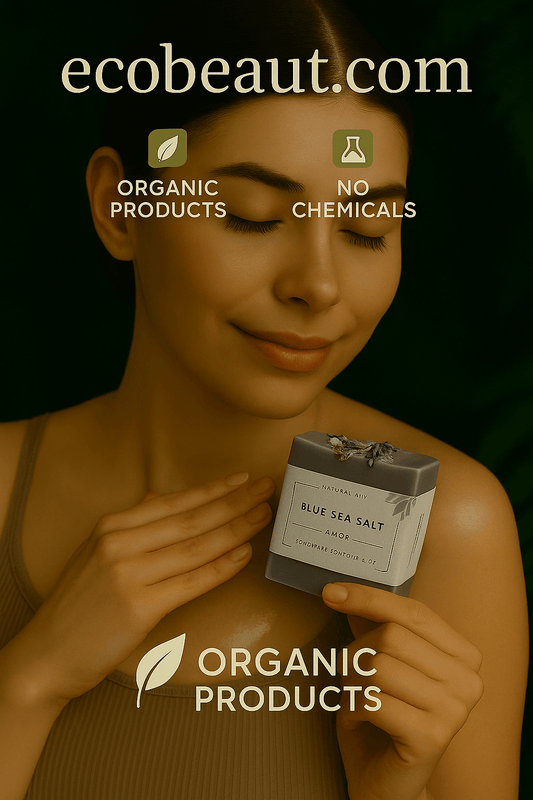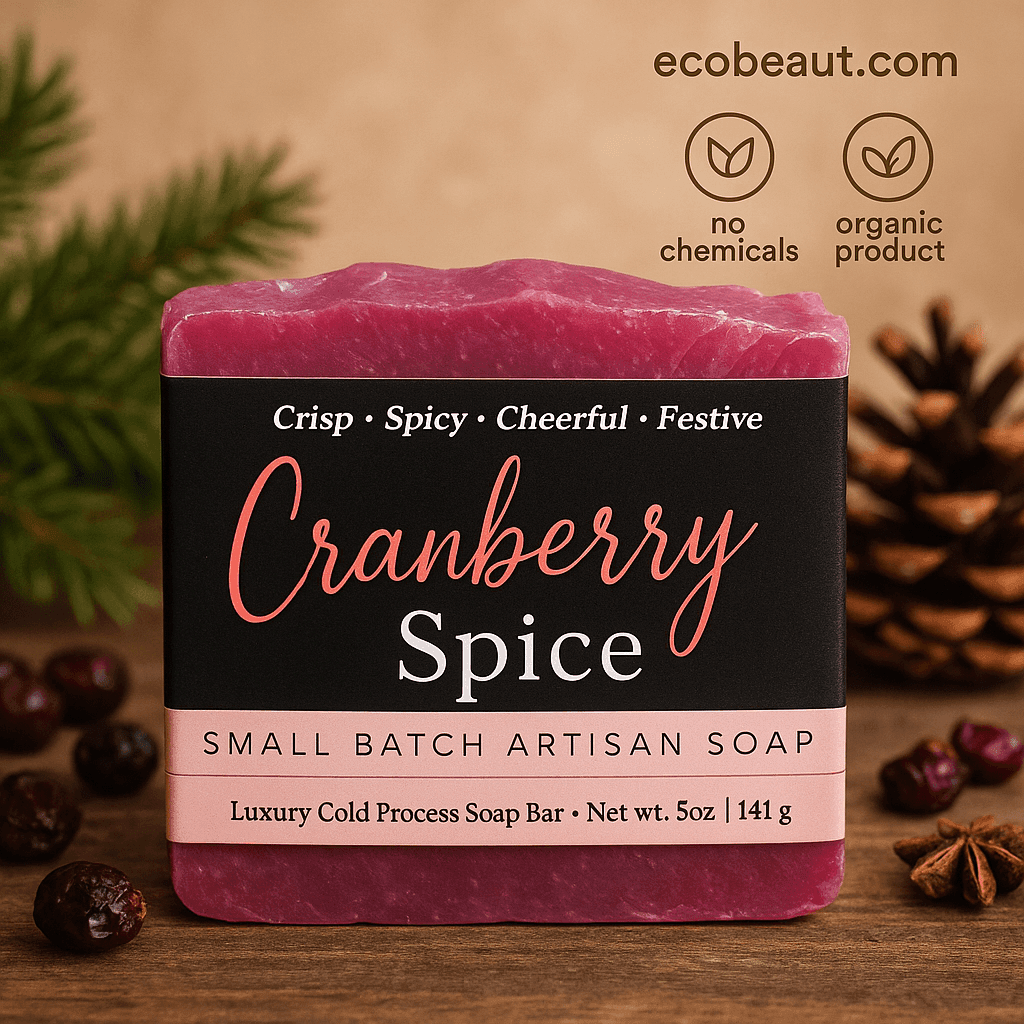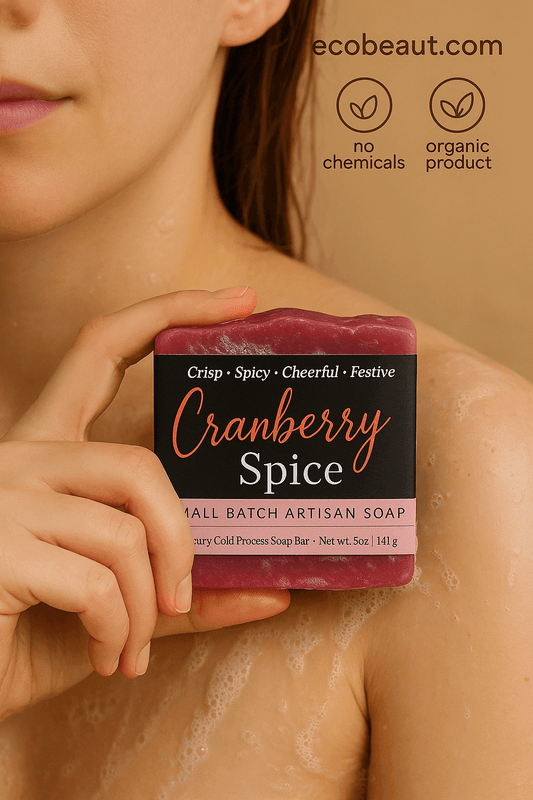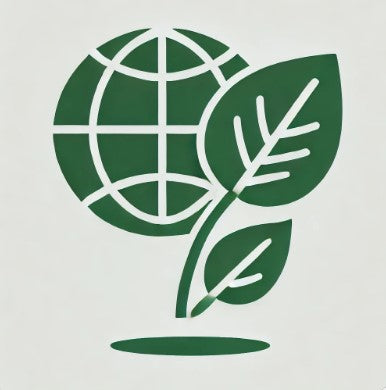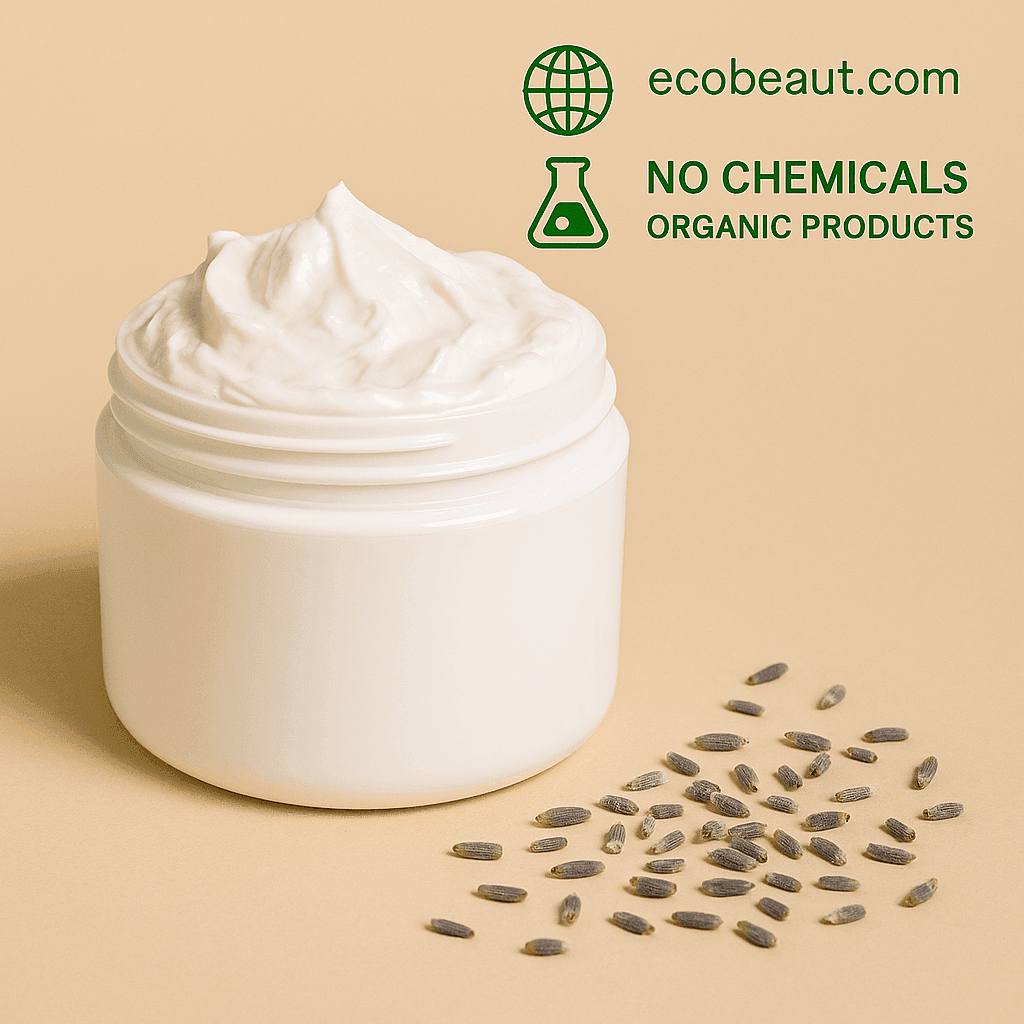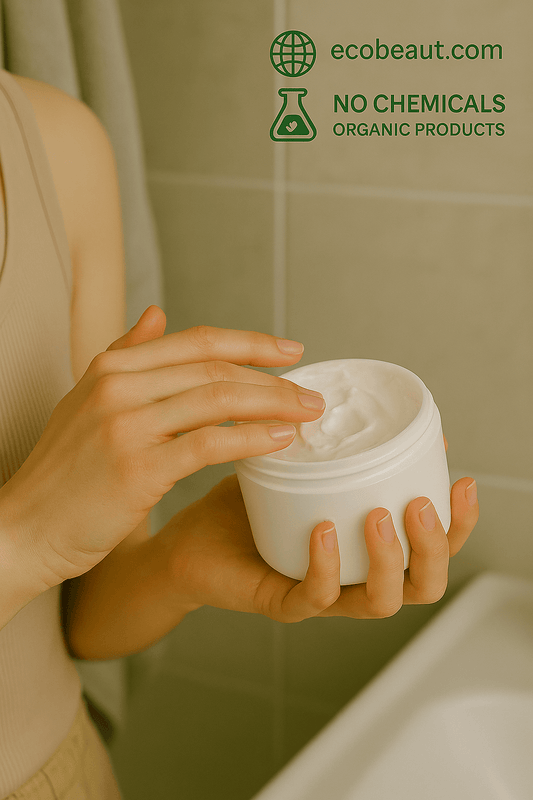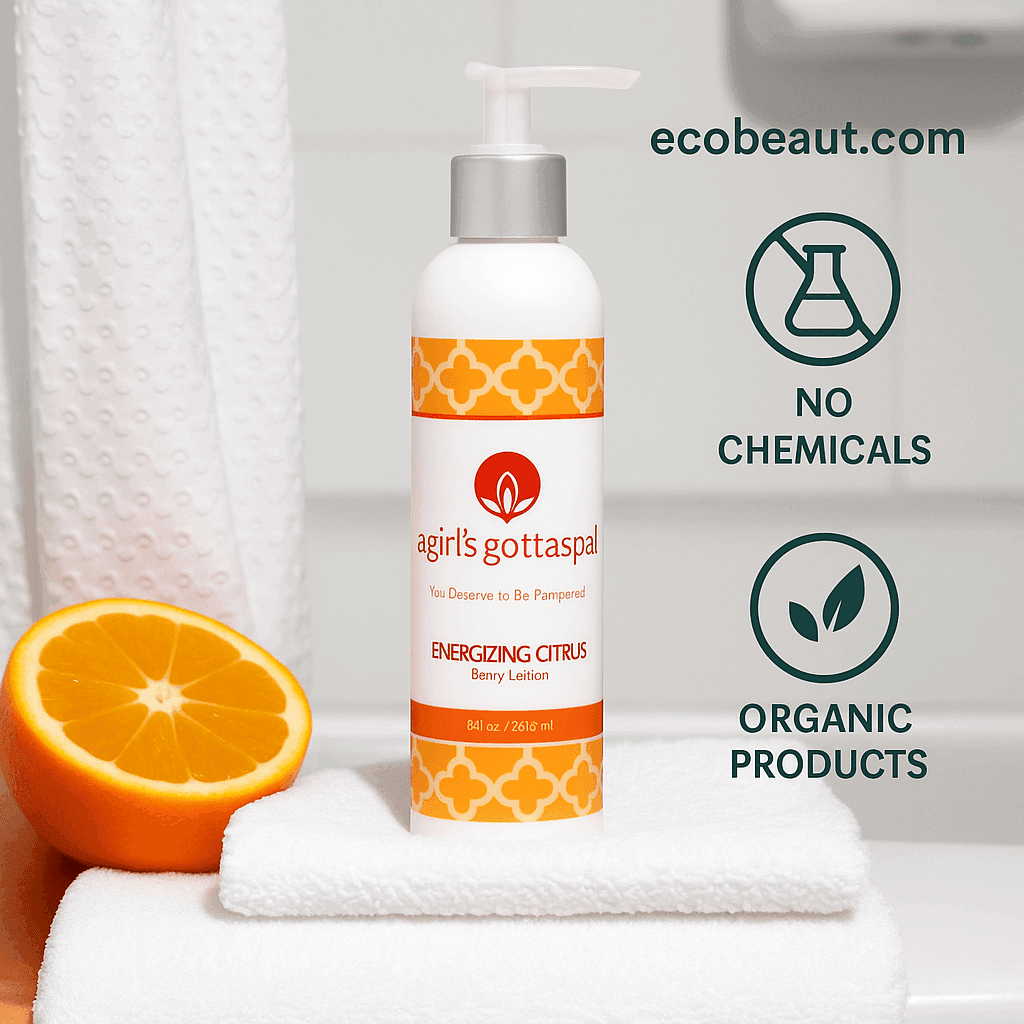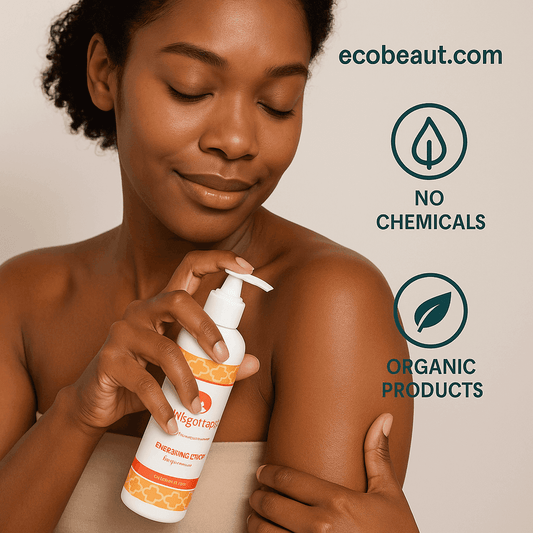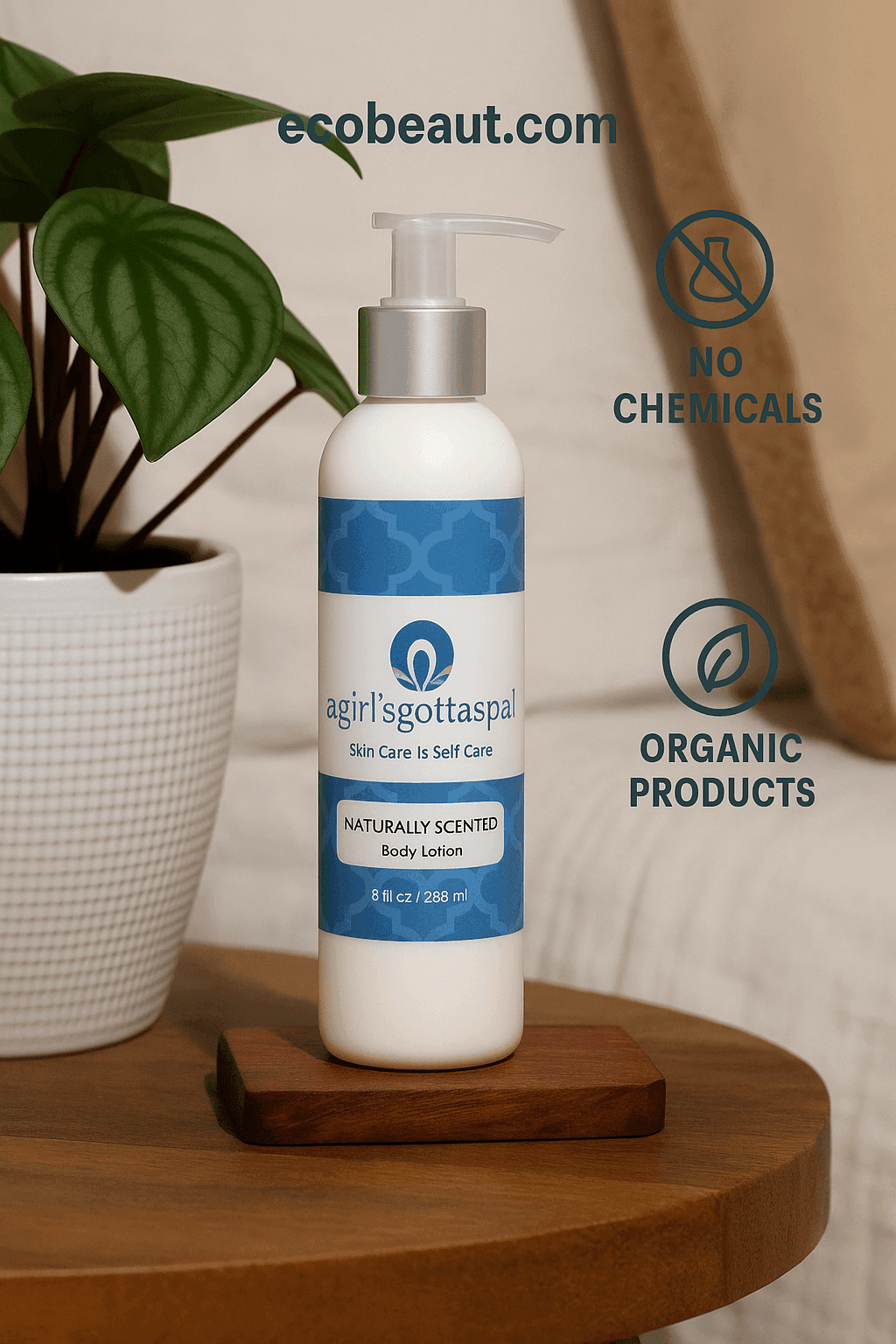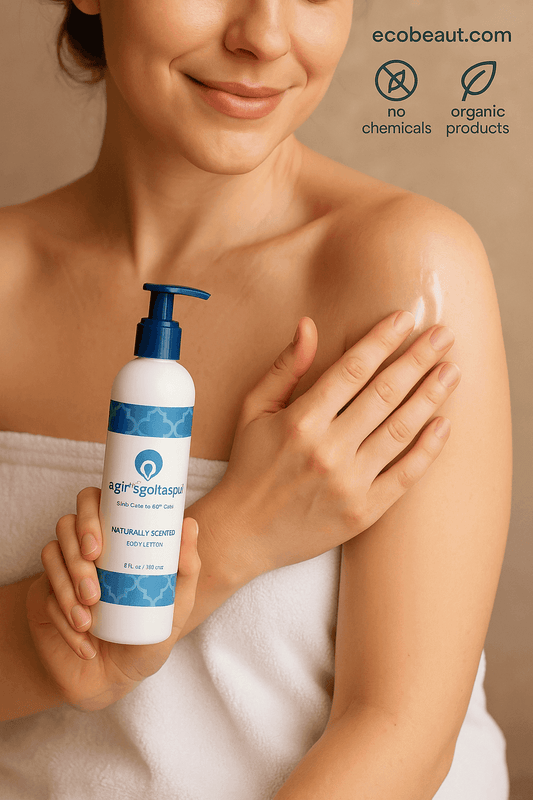In today's world, beauty labels can be confusing and misleading. Terms like "natural," "organic," and "eco-friendly" are often used to market products, but they don't always mean what you think they do. The beauty industry is notorious for greenwashing - giving the illusion that a product is better for the environment than it really is. To make informed choices about your beauty routine, it's important to understand which ingredients to avoid and why. In this guide, we'll decipher common beauty labels and highlight harmful ingredients that could be lurking in your products.
Why it is important to understand labels
The beauty industry is largely self-regulated, which means that companies can use terms like "natural" without having to meet any specific standards. Just because a product is labeled "natural" doesn't mean it's free of harmful chemicals. In fact, many products labeled "green" or "organic" still contain synthetic fragrances, parabens, and other toxic ingredients. Understanding how to read labels is critical to making informed choices that benefit both your skin and the environment.
Ingredients to Avoid
When reading beauty labels, there are several ingredients that should raise red flags. Here are the top harmful chemicals to avoid:
- Parabens: These preservatives are used to extend the shelf life of products, but they've been linked to hormone disruption and even breast cancer. Look for parabens such as methylparaben, ethylparaben, and butylparaben on labels.
- Sulfates: Sulfates, such as sodium lauryl sulfate and sodium laureth sulfate, are commonly found in cleansers and shampoos. While they create a rich lather, they can strip the skin of its natural oils, leading to dryness and irritation. Sulfates are also harmful to aquatic life when they enter waterways.
- Synthetic Fragrances: "Fragrance" or "perfume" on an ingredient list can hide a cocktail of hundreds of chemicals, many of which are toxic. These chemicals can cause allergic reactions, skin sensitivities, and hormone disruption.
- Phthalates: Commonly used in nail polish and fragrances, phthalates are known to disrupt the body's endocrine system. They have also been linked to reproductive health problems and are harmful to the environment when washed down the drain.
- Formaldehyde: Found in some hair treatments, nail polishes, and eyelash adhesives, formaldehyde is a known carcinogen. It can cause skin irritation, allergic reactions, and even long-term health problems.
- Oxybenzone: This chemical is commonly found in chemical sunscreens and is known to be harmful to coral reefs. It also acts as a hormone disruptor and can cause allergic skin reactions.
What to Look for in Clean Beauty Products
Now that you know what ingredients to avoid, let's talk about what to look for in clean beauty products. The clean beauty movement focuses on transparency, safety, and sustainability. Here are some key ingredients to look for:
- Plant oils: Oils like jojoba, argan, and rosehip are rich in nutrients and moisturize without synthetic chemicals.
- Mineral Sunscreens: Sunscreens made with zinc oxide or titanium dioxide are safer for your skin and the environment. They provide broad-spectrum protection without the harmful chemicals found in chemical sunscreens.
- Aloe Vera: Known for its soothing and moisturizing properties, aloe vera is a great natural alternative to synthetic moisturizers.
- Shea Butter: Rich in vitamins A and E, shea butter deeply nourishes the skin and helps repair the skin barrier.
Certifications to look for
With so many beauty brands claiming to be clean, it's important to rely on trusted certifications to ensure a product meets certain standards. Here are some of the most trusted certifications:
- USDA Organic: Products with this certification are made with at least 95% organic ingredients, which means they are free from synthetic pesticides, fertilizers, and genetically modified organisms.
- Leaping Bunny: The Leaping Bunny logo indicates that a product is cruelty-free, meaning it hasn't been tested on animals at any stage of production.
- Ecocert: Ecocert is an international certification that guarantees a product is made using environmentally friendly processes and ingredients. It also ensures that at least 95% of the product's ingredients are natural or organic.
- Fair Trade: Fair trade certifications ensure that the people who produce the ingredients are paid fairly and work in safe conditions. This is especially important for ingredients like cocoa butter and shea butter, which are often sourced from developing countries.
Read between the lines: Misleading Terms
As mentioned above, many beauty brands use misleading terms to market their products. Here's how to avoid falling for greenwashing:
- Natural: There is no regulation on the use of the word "natural." A product can claim to be natural even if it contains only one plant-based ingredient and is otherwise filled with synthetic chemicals.
- Organic: Be wary of products that claim to be organic but don't have certification to back it up. Many brands use the word "organic" loosely, and the product may still contain harmful chemicals.
- Dermatologist Tested: This term is often used to reassure consumers, but it doesn't mean much. It simply means that a dermatologist has tested the product-not that it's necessarily good for your skin.
- Hypoallergenic: There are no official standards for hypoallergenic products, so this term does not guarantee that the product will not cause a reaction. If you have sensitive skin, it's best to patch test a product before applying it to your face.
The importance of transparency
The clean beauty movement is pushing for more transparency in the industry. Many clean beauty brands list every ingredient on their labels, even if it's a fragrance component or a preservative. Some brands even disclose the source of their ingredients, so you can feel confident about what you're putting on your skin.
The Bottom Line
Deciphering beauty labels may seem like a daunting task, but it's essential to making informed choices about your beauty routine. By avoiding harmful ingredients and supporting clean beauty brands that prioritize transparency and sustainability, you're not only taking care of your skin, but also contributing to a healthier planet. Understanding beauty labels empowers you to choose products that are safe, effective, and aligned with your values.


